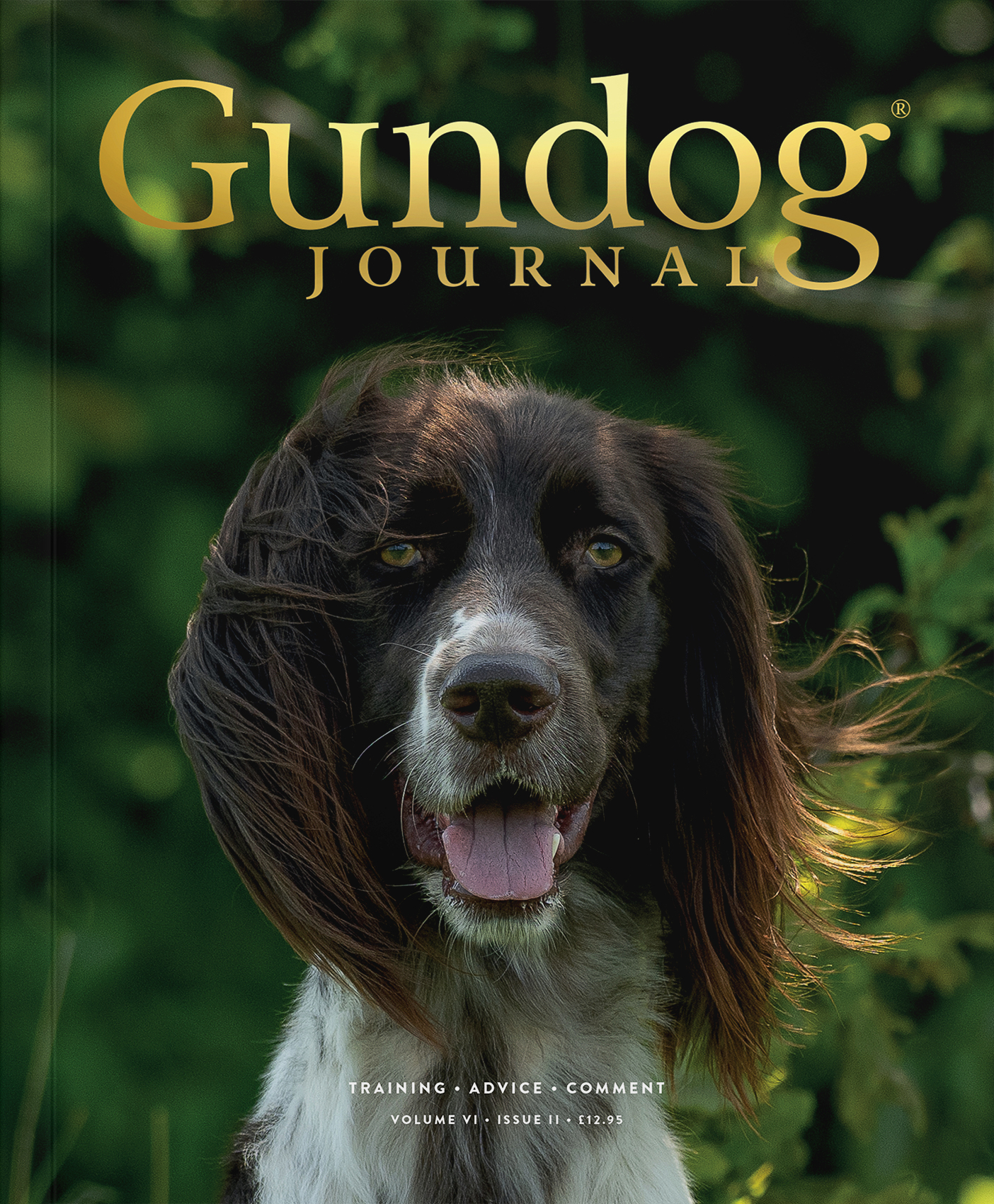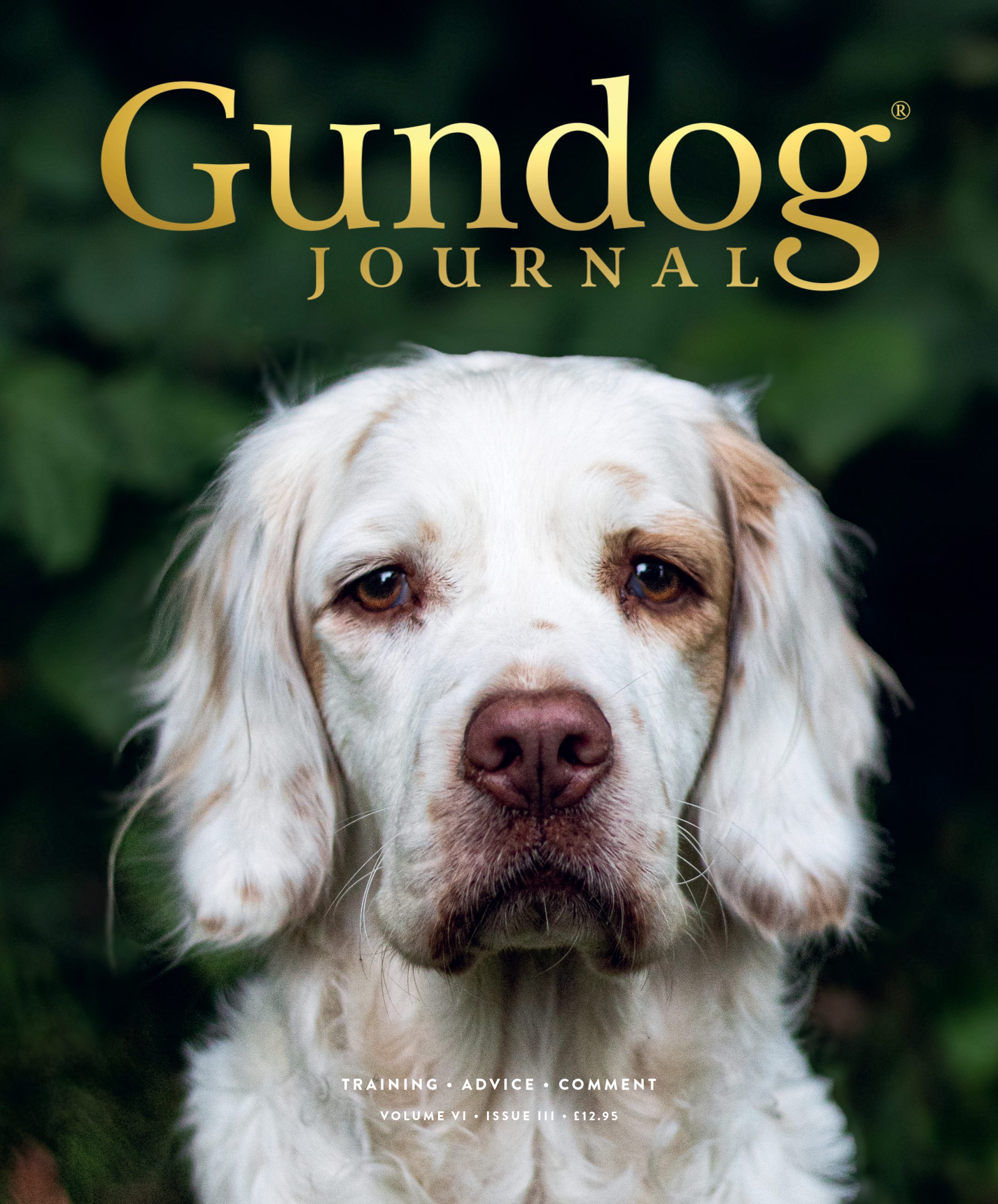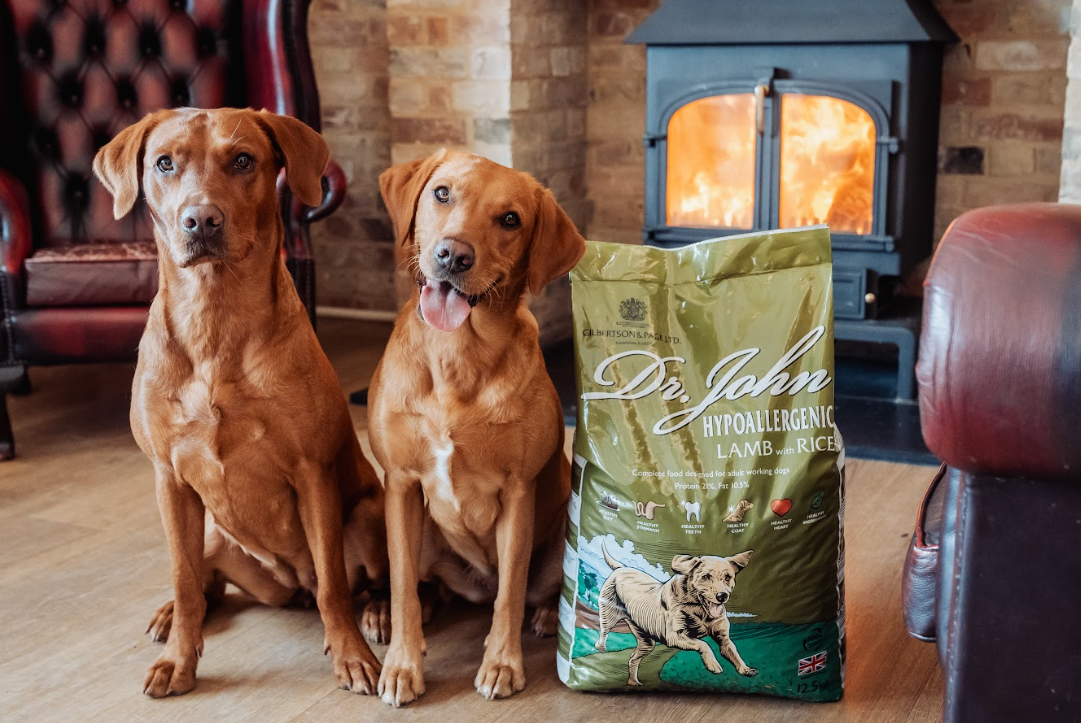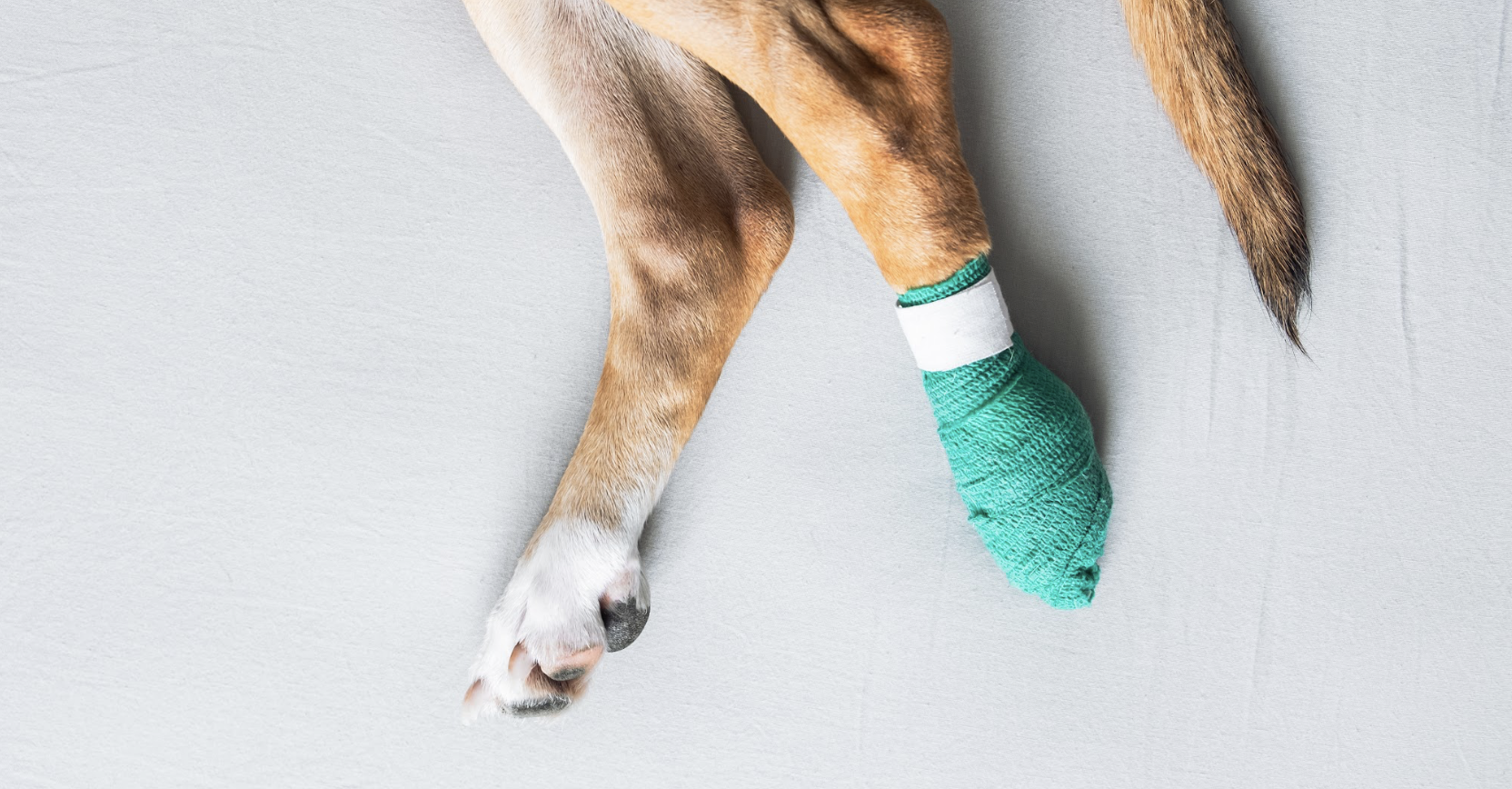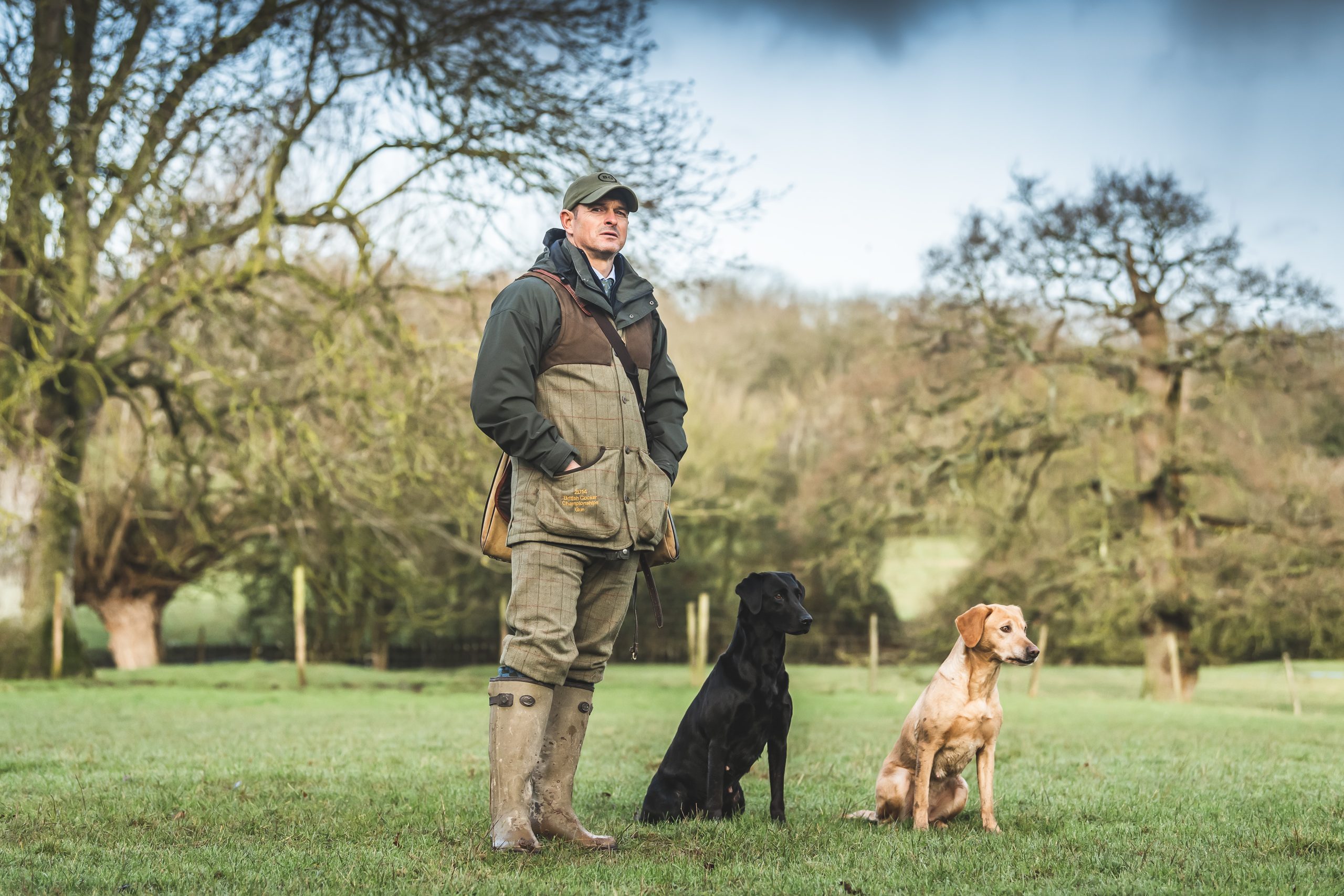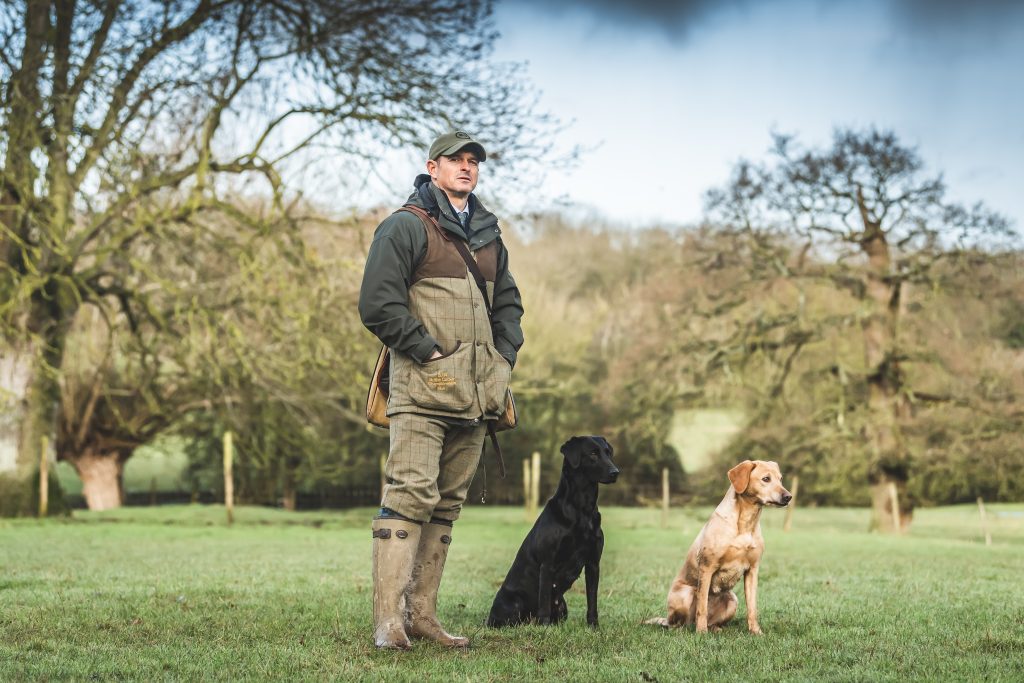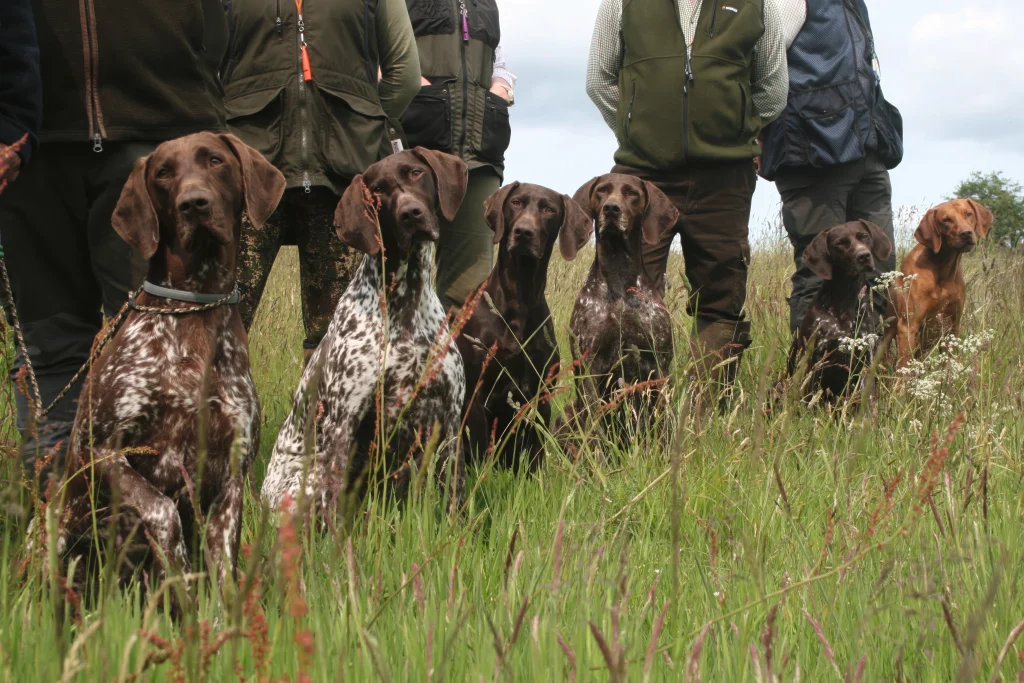Peak performance
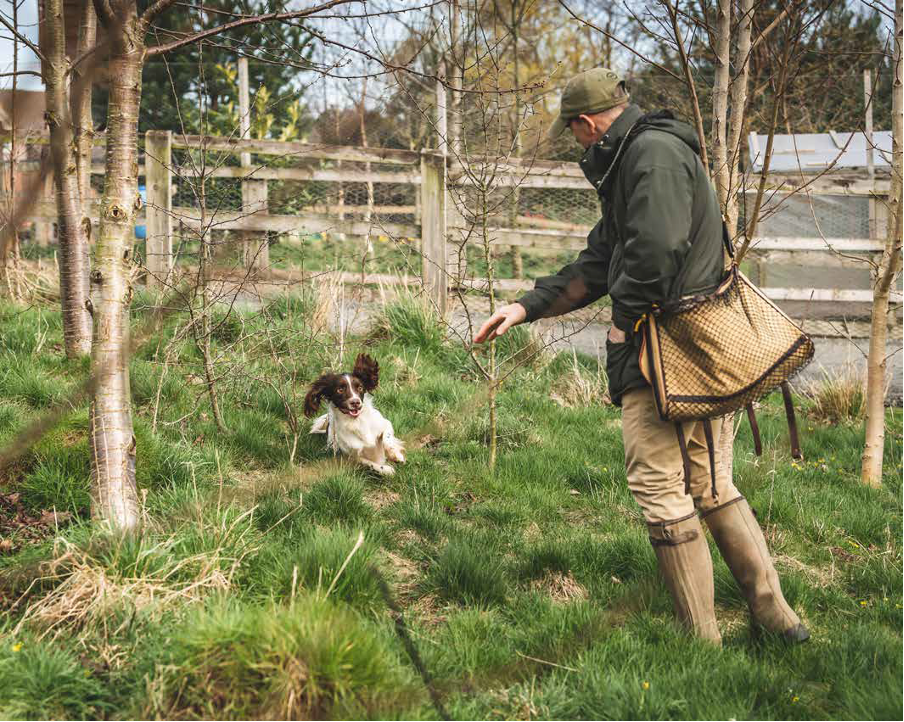
The summer months offer the perfect opportunity for gundog owners to work on their dog’s fitness ahead of a new shooting or competition season. Ben Randall explains how to train smarter, not harder, for the best results.
There are lots of types of fitness and ways to achieve the desired results, but many of you will know my mantra: train how you play, play how you train.
For example, a rugby player doing preseason training will engage in extensive cycling, rowing, and running alongside a full strength and conditioning programme. While all of this is crucial, nothing prepares that player for a live-contact game better than playing. I have applied the same philosophy to how I prepare my dogs for the start of the season or competition.
I want my dogs to get fit and strong while being trained simultaneously. A dog running behind a quad bike or on a treadmill will develop good cardio fitness, but a spaniel rarely runs in a straight, controlled line or at a fixed speed. Therefore, these methods fail to replicate the field’s demands.
Instead, I prefer to build my dogs’ fitness through repetition of training exercises. Memory and multiple memory retrieves are excellent for improving fitness through running while also strengthening your bond with your dog.
Fitness Plan: Month to Month
February/March
This is a recovery period for my dogs after the busy shooting season. During this time, they:
-
Gain some quality weight.
-
Heal from any cuts, scratches, or sores.
-
Naturally come into season (for bitches) due to the period of rest.
April/May
Now, I review the past shooting season and address any issues. This could involve improving marking skills or controlling excessive pulling while hunting. As I work on these aspects, my dogs’ fitness gradually improves alongside their training.
May/June
Training continues, building on the previous months’ progress. This is also an excellent time (weather permitting) to introduce or reintroduce swimming. Swimming is fantastic for joint health and reduces strain on the body. A 10-minute retrieving session in water, for instance, is a great way to build strength and endurance without excessive impact on joints.
July/August
By now, my dogs should have a solid fitness base, with many issues resolved. This is the period when I begin hunting my spaniels on live birds (weather permitting). This practice significantly enhances their fitness, as the scent on the ground encourages them to push harder and work longer.
Most gamekeepers appreciate help with dogging-in during these months. If you can access this type of training, it’s an invaluable opportunity to fine-tune your dog’s skills and build their endurance.
Key Tips for Dogging-In:
-
Communicate with the gamekeeper about your training objectives.
-
Ensure your dog does not chase birds ahead of the quad bike.
-
Use this training period to reinforce steadiness and obedience.
For retrievers, this time is perfect for heelwork while spaniels are training. This helps establish steadiness and discipline, which is vital for the start of the season.
Start of the Season
By early September, my dogs should be well-trained and physically prepared for picking-up, being on the peg, or beating for the partridge season. However, they won’t yet be at peak fitness, so I recommend short, sharp hunting bursts for beating dogs, especially in warm weather.
For picking-up, this period is an opportunity to test:
-
Training foundations.
-
Fitness levels on long retrieves and runners.
-
Retrieval skills on various terrains, such as ploughed fields, grassy headlands, and ditches.
As the weather remains warm, brambles and nettles in ditches can pose risks. While a fit dog will push itself harder on game, handlers must regulate their working rate to prevent overexertion.
Avoiding Overtraining and Burnout
Like athletes, dogs can only maintain peak condition for so long before injury or burnout occurs. Over the years, I have seen this happen, especially among enthusiastic new trainers who unknowingly overwork their dogs.
Common Mistakes to Avoid:
-
Training too frequently: Dogs need rest days to recover.
-
Over-conditioning: A dog that is too fit and fast may become difficult to control in live game situations.
-
Ignoring signs of fatigue or injury: Always monitor your dog’s energy levels and physical condition.
By following a structured plan and allowing for proper recovery, you’ll have a well-conditioned, well-trained gundog ready for the season ahead.
Related Articles
Get the latest news delivered direct to your door
Subscribe to Gundog Journal
Unlock the full potential of your working dog with a subscription to Gundog Journal, the UK’s only dedicated magazine for gundog enthusiasts. Published bi-monthly, this authoritative resource delivers expert training advice, in-depth interviews with top trainers and veterinary guidance to help you nurture a stronger bond with your dog.
With stunning photography and thought-provoking content, Gundog Journal is your essential guide to understanding, training and celebrating your working dog.
Save 10% on shop price when you subscribe, with a choice of packages that work for you. Choose from Print & Digital or Digital only with each journal delivered directly to your door or via the app every other month, plus access to past issues with the digital back issue library.
